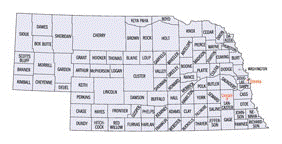Geography
Date of this Version
Fall 1996
Abstract
When I first visited Kathmandu in the mid-1950s, the shops sold mostly local and Indian products, many of the shoppers wore Newari dress, and motor vehicles were uncommon. In the evening, one could leisurely stroll the quiet streets and gaze at temple tops silhouetted against a starlit sky. A couple of decades later, after the drug culture and other foreign interests had invaded and infected the capital city, a nighttime stroller encountered some of the same dangers on the street that occur in American cities at night. Upon my return to Kathmandu last winter, I observed retail stores, citizens' dress, and traffic congestion that are common to most cosmopolitan cities of the world. Who has gained and who has lost by this transformation of the economy and consumer preferences in Kathmandu?
Wallach brings together a wealth of historical information about irrigation and village development projects, some of which go back several centuries. He draws upon obscure reports from colonial libraries and numerous secondary sources dealing with development plans and reviews-all of which are well documented in a rather unique "Sources" section-and skillfully weaves these into a narrative describing places and peoples he encounters while wandering about India.


Comments
Published in JOURNAL OF CULTURAL GEOGRAPHY 16:1 (Fall/Winter 1996), pp. 113-115. Copyright 1997 Bowling Green State University Popular Press.